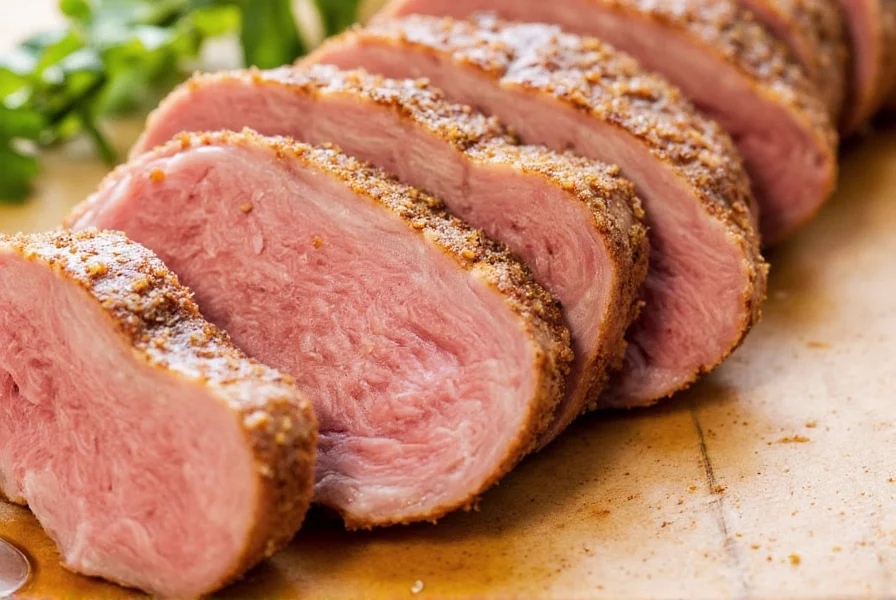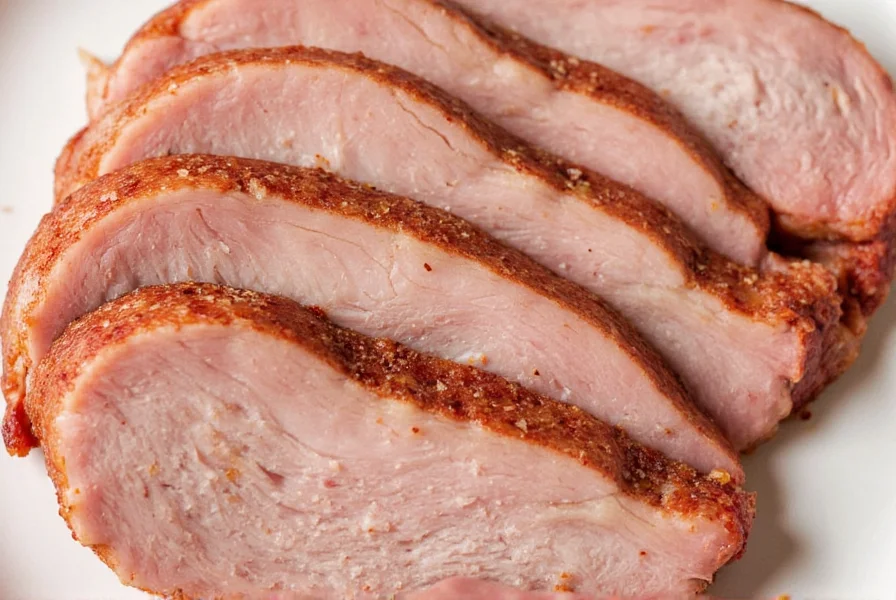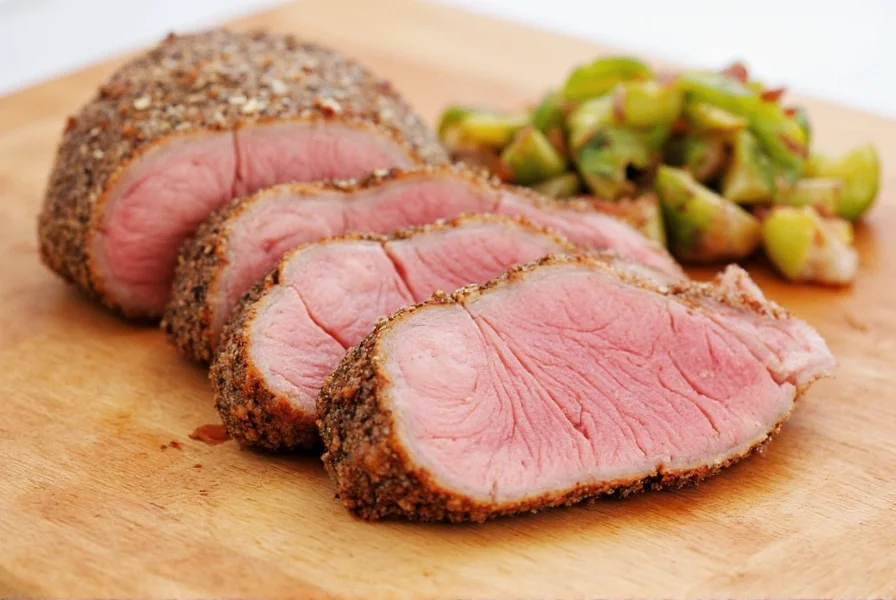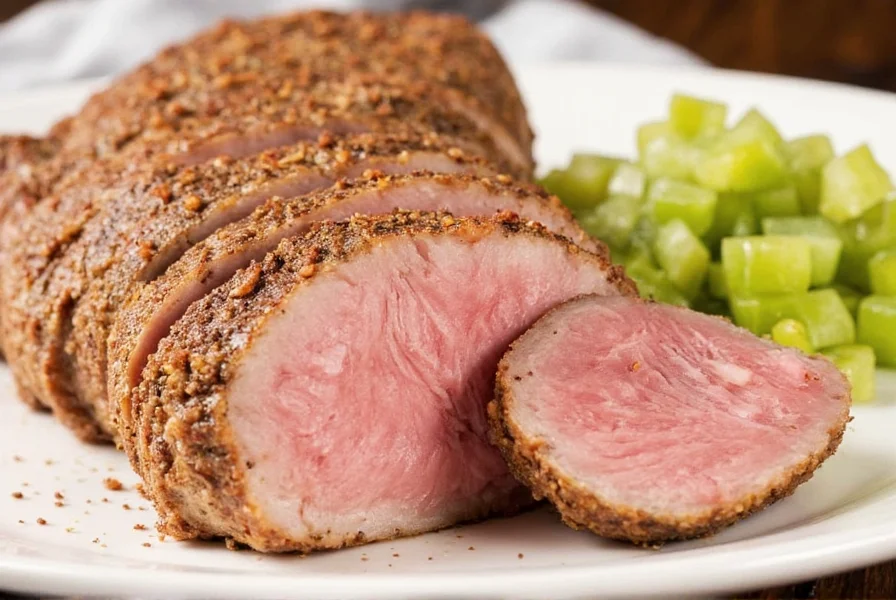Seasoning for Pork Tenderloin: A Flavorful Guide to Elevate Your Cooking
Table of Contents
Introduction to Seasoning for Pork Tenderloin
When it comes to cooking pork tenderloin, the right seasoning can transform a simple cut of meat into a culinary masterpiece. Whether you're an amateur enthusiast or a seasoned chef, mastering the art of seasoning is essential for creating delicious and memorable dishes.
Pork tenderloin is known for its lean, tender texture and mild flavor, making it a versatile ingredient that pairs well with a wide range of seasonings. The key is to balance flavors—using herbs, spices, and other ingredients to enhance the natural taste of the meat without overpowering it.

Practical Tips for Seasoning Pork Tenderloin
To help you achieve the perfect seasoning for your pork tenderloin, here are some practical tips that combine both technique and creativity:
- Use Fresh Herbs: Fresh herbs like rosemary, thyme, and parsley add a vibrant, aromatic quality to your dish. If fresh isn’t available, dried herbs can work in a pinch, but they should be used sparingly.
- Balance Salt and Pepper: Salt enhances flavor, while pepper adds a subtle heat. Always start with a small amount and adjust to taste.
- Consider Acidic Elements: A splash of lemon juice or vinegar can brighten the overall flavor profile and cut through the richness of the meat.
- Marinate for Depth: Marinating your pork tenderloin overnight allows the flavors to penetrate the meat more deeply, resulting in a more flavorful final dish.
- Use a Rub for Crust: A dry rub made from spices, sugar, and herbs can create a delicious crust on the outside of the meat while keeping the inside juicy.
Flavor Profiles and Spice Pairings
Understanding different flavor profiles and how they interact with pork tenderloin can help you create more balanced and exciting meals. Here’s a quick guide to common spice pairings and their effects:
| Spice/Herb | Flavor Profile | Best Pairings |
|---|---|---|
| Garlic | Earthy, Pungent | Roasted vegetables, potatoes, creamy sauces |
| Oregano | Bitter, Earthy | Tomato-based dishes, grilled meats |
| Sage | Minty, Woody | Butter, stuffing, apples |
| Cumin | Egyptian, Warm | Mexican-inspired dishes, stews, roasted vegetables |
| Smoked Paprika | Smoky, Sweet | Grilled meats, sausages, soups |

Buying Guide for Seasoning Ingredients
Choosing the right seasonings and herbs can make all the difference in your pork tenderloin dish. Here’s a detailed buying guide to help you select high-quality ingredients:
1. Garlic
Features: Fresh garlic bulbs with firm cloves and no soft spots.
Advantages: Adds depth and complexity to any dish.
Use Cases: Sautéing, roasting, grilling, and making marinades.
Target Audience: Home cooks and professional chefs looking for authenticity.
Suitable Occasions: Everyday meals, holiday feasts, and special occasions.
2. Rosemary
Features: Dried or fresh sprigs with a strong, pine-like aroma.
Advantages: Enhances the flavor of roasted meats and vegetable dishes.
Use Cases: Baking, roasting, and as a garnish.
Target Audience: Anyone who enjoys Mediterranean cuisine.
Suitable Occasions: Family dinners, weekend brunches, and seasonal celebrations.

3. Smoked Paprika
Features: Ground paprika with a smoky, slightly sweet flavor.
Advantages: Adds a rich, complex flavor to meats and stews.
Use Cases: Rubbing on meats, adding to sauces, and enhancing grilled dishes.
Target Audience: Those who enjoy bold, smoky flavors.
Suitable Occasions: Barbecues, holiday dinners, and gourmet cooking.
4. Black Pepper
Features: Whole peppercorns or ground black pepper with a sharp, pungent aroma.
Advantages: Adds heat and depth to any dish.
Use Cases: Seasoning meats, finishing dishes, and enhancing sauces.
Target Audience: Everyone from casual cooks to fine dining chefs.
Suitable Occasions: Every meal, from breakfast to dinner.
Conclusion
Seasoning for pork tenderloin is not just about adding flavor—it's about crafting a complete experience. By understanding the basics of spice pairing, selecting quality ingredients, and experimenting with different techniques, you can elevate your cooking to new heights. Whether you’re preparing a casual family dinner or a special occasion feast, the right seasoning can make all the difference.
Remember, the goal is to highlight the natural qualities of the pork while adding layers of flavor that make each bite unforgettable. With the tips and insights provided in this guide, you’re well on your way to becoming a seasoning master in your own kitchen.












 浙公网安备
33010002000092号
浙公网安备
33010002000092号 浙B2-20120091-4
浙B2-20120091-4